Back in early 2022, if you were active in crypto communities, you probably saw a lot of buzz around NFT airdrops. One of them was the Lunar Crystal NFT airdrop tied to the LNR token from a project called Lunar. It promised free NFTs just for signing up and doing a few simple tasks. Sounds easy, right? But here’s the thing - almost no one talks about it anymore. Not on Reddit. Not on Twitter. Not even on airdrop tracking sites. So what really happened with the Lunar Crystal NFT airdrop? And why did it vanish without a trace?
What Was the Lunar Crystal NFT Airdrop?
The Lunar Crystal NFT airdrop was launched by a DeFi platform called Lunar, built on Binance Smart Chain (BSC). Their goal was simple: get more people into crypto by giving away NFTs for free. You didn’t need to buy anything. You just had to complete a few steps - likely connecting your wallet, following them on social media, and signing up through CoinMarketCap. In return, you were guaranteed at least one Lunar Crystal NFT. The airdrop went live on March 1, 2022, according to AirdropAlert. That was peak NFT hype season. Everyone was launching airdrops. Baby Ape Beast, Luna’s LSTR token, Scroll - they all had detailed roadmaps, trait rarity charts, and community forums full of people trading NFTs. Lunar’s approach was different. It didn’t have a fancy whitepaper. No GitHub repo. No team bios. Just a website saying they wanted to "revolutionize how we interface with crypto" - vague, but catchy. The LNR token was supposed to be the backbone of the ecosystem. The idea was that holding LNR would earn you passive rewards, and the NFTs would unlock extra perks. But no one ever saw how that worked. No one published the smart contract. No one showed the tokenomics. No audits from CertiK or OpenZeppelin. Just a promise.How to Participate (If You Could)
The official instructions were frustratingly vague. The only clear direction was to join "through CoinMarketCap." That meant you needed a CoinMarketCap account. You’d have to link your BSC wallet - probably MetaMask or Trust Wallet - and complete social tasks like following Lunar on Twitter or joining their Discord. That’s standard for most airdrops back then. But here’s the problem: there was no step-by-step guide. No screenshots. No video tutorial. No FAQ page. If you got stuck, there was no support. Unlike other airdrops that had Telegram bots to confirm your tasks, Lunar offered nothing. You’d do the steps, hope it worked, and wait. Gas fees on BSC were low - usually under $0.10 per transaction. So technically, it was cheap to join. But without clear confirmation, you had no way of knowing if you actually qualified. Did you need to hold LNR before the airdrop? Was there a minimum balance? No one said.Why It Wasn’t Like Other Airdrops
Most NFT airdrops in early 2022 had structure. Baby Ape Beast listed 150 unique traits. Luna’s LSTR airdrop had a referral system with clear rewards: 1,000 tokens per invite. Scroll’s airdrop later became legendary because they gave out real value - and documented every step. Lunar didn’t do that. There were no trait descriptions. No rarity tiers. No art previews. No mint date. Just a vague promise: "You’ll get at least 1 NFT." And here’s the kicker - CoinMarketCap, the platform they said you had to use, didn’t even list the airdrop on their official NFT campaigns page. That’s not a small detail. CoinMarketCap is trusted. If they were really running it, you’d see it in their announcements. You didn’t. That alone should have raised red flags. If a project can’t even get its own airdrop listed on the platform it claims to use, what else is missing?What Happened After the Airdrop?
Nothing. No NFTs appeared in wallets. No updates on social media. No email confirmations. No community events. No roadmap progress. The Lunar website, which once had a page about LNR and NFTs, quietly removed all references to them by late 2022. By October 2023, the site was talking about "products designed to spark joy in your everyday Web3 experiences" - no mention of NFTs, no mention of LNR, no mention of the airdrop. The LNR token disappeared from all major exchanges. It vanished from CoinGecko and CoinMarketCap’s tracking lists. No one was trading it. No one was holding it. No one was talking about it. There are no Reddit threads asking "Where are my Lunar Crystal NFTs?" There are no Twitter threads from people claiming they got theirs. There are no YouTube videos showing how to claim it. There are no complaints. There are no success stories. That’s not normal. Even failed airdrops usually leave behind a trail of angry users. Lunar left behind silence.Why Did It Fail?
There are three likely reasons:- It was a scam or a pump-and-dump. No documentation, no transparency, no audits - classic signs of a fly-by-night project. They collected wallet addresses and social follows, then disappeared.
- It was an internal test that got abandoned. Maybe Lunar tried the airdrop as a marketing experiment, realized it wasn’t working, and shut it down without telling anyone.
- It was rebranded and erased. Sometimes projects change names, merge, or pivot. But if that happened, they never told anyone. No announcement. No migration guide. No community notice.

Is There Any Way to Claim Lunar Crystal NFTs Today?
No. The airdrop portal is gone. The smart contract - if it even existed - is no longer active. The Lunar website doesn’t mention it. CoinMarketCap doesn’t list it. Even AirdropAlert, which once promoted it, has removed it from their current listings. If you think you participated, check your BSC wallet history. Look for any token transfers or NFT receipts from early March 2022. If you see anything, it’s likely a scam contract trying to mimic the old airdrop. Don’t interact with it. There is no official way to claim Lunar Crystal NFTs anymore. Any site or bot claiming to help you recover them is a phishing attempt.What You Can Learn From This
The Lunar Crystal NFT airdrop is a case study in how not to run a crypto project. Real projects don’t vanish. They document everything. They answer questions. They update their communities. They get audited. They list their contracts. Lunar did none of that. Here’s what to look for in any future airdrop:- Is there a public smart contract address? Check it on BSCScan.
- Is the project listed on CoinMarketCap’s official NFT airdrops page?
- Is there a GitHub repo or whitepaper?
- Has it been audited by CertiK, PeckShield, or OpenZeppelin?
- Are there active community channels with real responses?
- Does the team have verifiable profiles?
What Happened to Lunar?
The company behind Lunar still exists. The domain lunar.io is active. But the team completely shifted focus. Today, the site talks about "simple, magical Web3 experiences" - no tokens, no NFTs, no LNR. They’ve pivoted to something else, but they never told their early users. That’s not just bad communication. It’s a betrayal of trust. People gave their time, their social media engagement, their wallet addresses - and got nothing in return. No NFT. No token. No explanation. It’s a reminder: in crypto, if you don’t see proof, it doesn’t exist.Did anyone actually receive the Lunar Crystal NFT?
There is no verifiable evidence that anyone received the Lunar Crystal NFT. No wallet addresses show the NFTs in blockchain explorers like BSCScan. No users posted screenshots on social media or forums. No airdrop tracking sites list successful claims. The complete absence of proof suggests the airdrop either never distributed NFTs, or they were distributed to wallets that were never claimed or tracked.
Can I still claim the Lunar Crystal NFT today?
No, you cannot claim the Lunar Crystal NFT today. The official airdrop portal is offline. The Lunar website no longer references the NFT or LNR token. CoinMarketCap does not list the campaign. Any website or tool claiming to help you claim it now is a scam. The smart contract, if it ever existed, is inactive and unreachable.
Was the Lunar Crystal NFT a scam?
While there’s no legal proof of fraud, the project exhibits all the hallmarks of a high-risk or abandoned project: no documentation, no audits, no team transparency, no follow-up, and no trace after the initial announcement. Projects that deliver real value don’t vanish without explanation. The lack of communication and evidence strongly suggests it was never intended to be a legitimate, long-term offering.
Why did Lunar remove all references to LNR and NFTs?
Lunar likely realized the NFT airdrop wasn’t gaining traction or was too risky to continue. Instead of admitting failure, they quietly pivoted to a new direction - focusing on vague "Web3 experiences" without mentioning tokens or NFTs. This is common in crypto: projects rebrand or shut down under-the-radar to avoid backlash. They didn’t notify users, which is unethical and damages trust.
Is the LNR token still tradable?
No, the LNR token is not tradable. It was delisted from all exchanges shortly after the airdrop. It no longer appears on CoinGecko, CoinMarketCap, or any decentralized exchange (DEX) liquidity pool. Its contract address is no longer active or recognized by wallet services. Holding LNR today has no value and no utility.

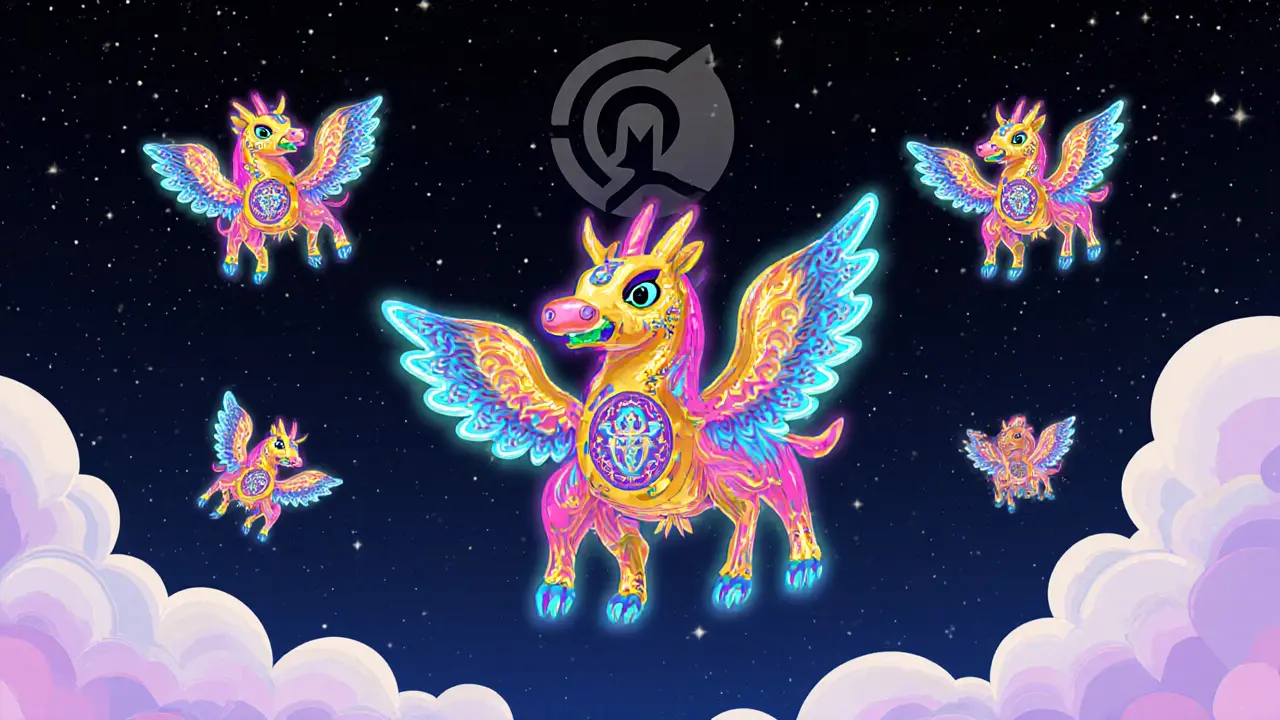



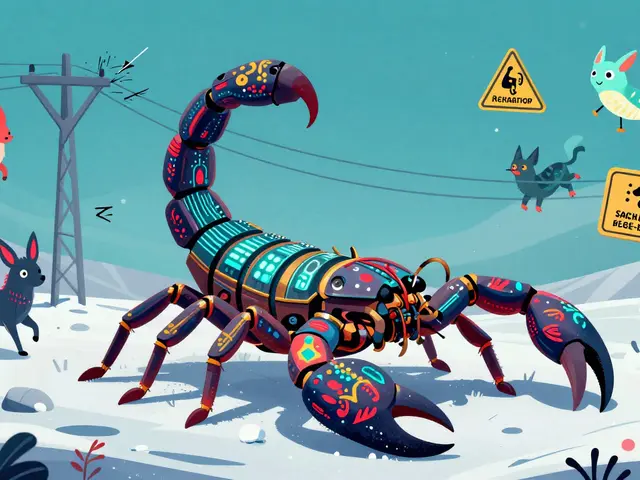
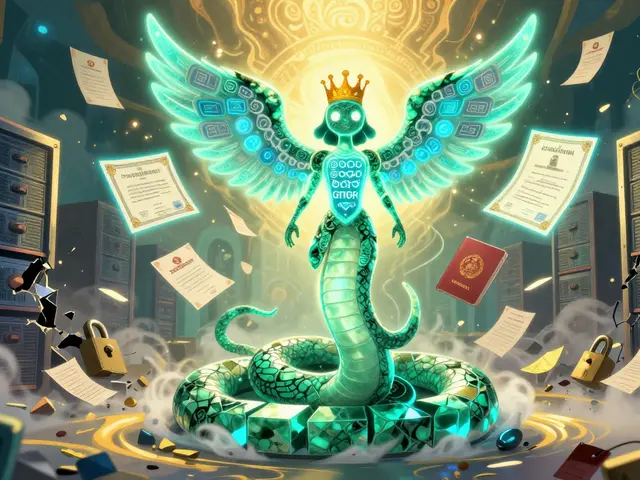
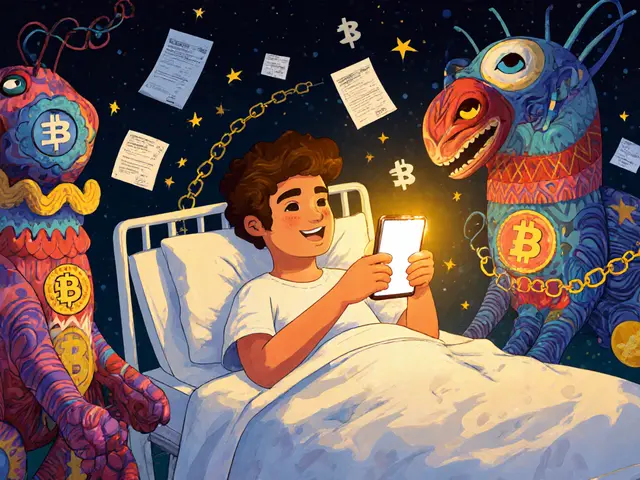

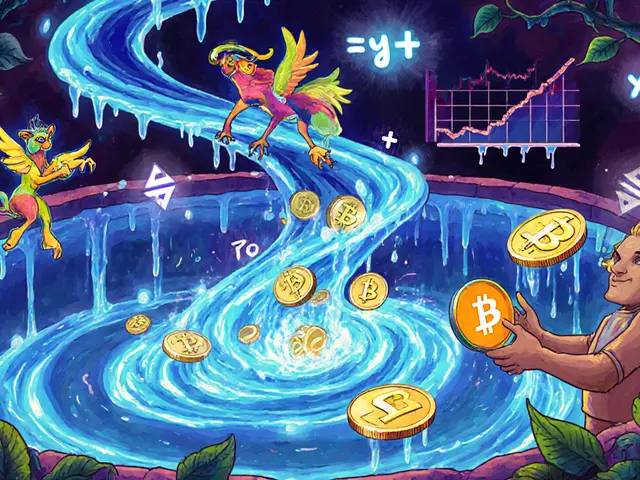
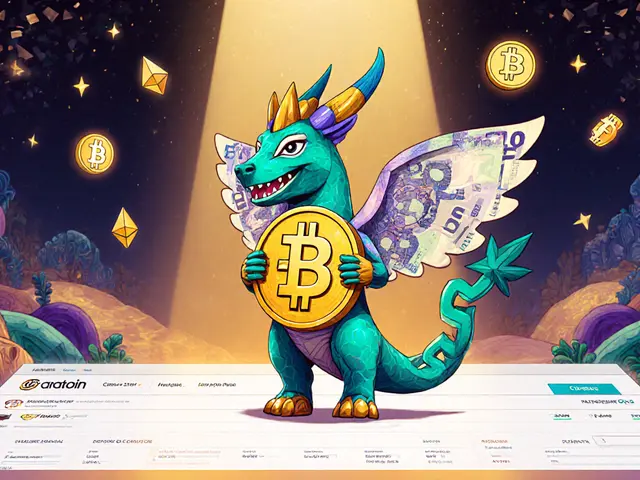

13 Comments
Man, I remember signing up for this thing like it was yesterday. Did all the steps, linked my MetaMask, followed their Twitter, even joined their Discord. Waited weeks. Nothing. No email, no NFT, not even a "thanks for trying". I just moved on, but now seeing this breakdown? Feels like I got ghosted by a crypto ghost. 😔
Ah yes, the classic crypto mirage - a shimmering oasis of free NFTs that evaporates the moment you reach for it. The Lunar Crystal saga is less a cautionary tale and more a postmodern poem on the futility of trust in Web3. One must ask: if a tree falls in the blockchain and no one hears it… was it ever real? 🤔
Ugh, this is why I always double-check audits before even thinking about an airdrop. I’ve been burned before, and I won’t let another vague promise steal my time again. But hey - if you did get the NFT, congrats! If not? You’re not alone. And you’re still ahead - you didn’t lose money, just time. That’s a win in crypto 😊
This isn’t just an airdrop ghost story - it’s a masterclass in how to weaponize hype without substance. Lunar didn’t fail because they were bad - they failed because they were *too* good at sounding like they knew what they were doing. No whitepaper? No audits? No team? Honey, that’s not a startup. That’s a magic trick where the rabbit was never in the hat. 🎩🐇
Same here bro, I did the steps too. Thought I was getting a rare NFT. Turned out I got a digital nothing. No biggie, I just learned to skip anything that doesn’t have a BSCScan link. Lesson learned, no hard feelings.
The absence of verifiable evidence constitutes de facto nonexistence. The project's operational parameters were never formally instantiated. No on-chain artifacts. No public documentation. No accountability. Ergo, the Lunar Crystal NFT airdrop did not occur in any meaningful ontological sense.
Oh come ON. This wasn’t a scam - it was a government test. The CIA, NSA, and Elon Musk teamed up to see how many dumbasses would hand over their wallet addresses for a "free NFT". They’re using this data to build the next phase of crypto surveillance. You think CoinMarketCap just "forgot" to list it? Nah. They’re in on it. The real airdrop was your personal info. 🕵️♂️
Wait wait wait - so you’re telling me I spent 20 minutes doing this and got zip? I feel like I just got scammed by a TikTok ad. I’m so mad I’m gonna go make a meme about it. Someone make a "Lunar Crystal NFT: Where Dreams Go to Die" sticker. I’ll buy 10.
It’s fascinating how the silence speaks louder than any complaint. The complete absence of user backlash? That’s not normal. That’s calculated. Either they knew no one would care… or they knew everyone already knew it was a trap. Either way - they won. The real NFT was the attention economy. And we all just minted it.
Man, I still get chills thinking about this. I remember sitting there at 2 AM, wallet connected, heart pumping, waiting for that NFT to pop up. I even told my cousin about it - "bro, this is gonna be huge!" - and now? Crickets. But you know what? I’m not bitter. I just got smarter. I don’t chase free stuff anymore. I chase proof. And if you’re still out there hoping to claim your Lunar Crystal? Don’t. Walk away. Save your gas fees and your sanity. You’re better off. 💪
They didn’t vanish. They just moved on to the next thing. That’s crypto. No one owes you anything. You gave them your data. They gave you nothing. That’s the deal. Move on. Next.
One of the most honest crypto stories I’ve read in years. No fluff. No hype. Just facts. This is what happens when you build on promises instead of code. The real lesson? Transparency isn’t optional. It’s the only thing keeping this space from collapsing under its own weight. Thanks for writing this.
I checked my wallet history from March 2022. Nothing. No transfers, no NFTs, no contract interactions. I didn’t even remember doing it until I saw this post. Guess I was just another data point. I’m not upset - just… quietly disappointed. Like you showed up to a party and no one showed you the door.